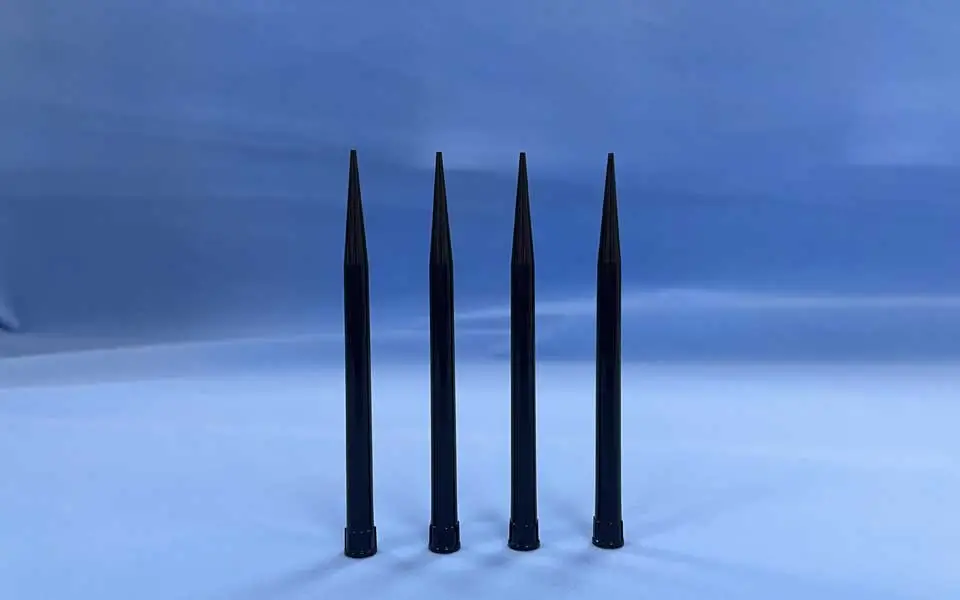Conductive Tips for Sale

Conductive pipette tips are an important innovation in the field of laboratory research. These specialized tips are designed to prevent electrostatic discharge (ESD) when dispensing liquids and solutions, ensuring that accurate and reproducible results can be obtained every time.
The benefits of conductive pipette tips are numerous. First and foremost, they help to eliminate ESD, which can be a major source of error and variability in laboratory experiments. This is especially important when working with sensitive materials, such as DNA or proteins, where even the slightest amount of contamination or variation could have significant consequences.
In addition, conductive pipette tips are incredibly easy to use. They can be attached to most commonly used pipettes and are compatible with a wide range of liquids and solutions. They also come in a variety of sizes, so researchers can choose the perfect tip for their needs.
Another advantage of conductive pipette tips is that they are cost-effective. Compared to other methods of preventing ESD, such as using special gloves or working in a specialized environment, conductive filter tips are relatively inexpensive and can be purchased in bulk.
Yes, there are different levels of conductivity in conductive pipette tips.
1
Conductive pipette tips are designed to minimize sample loss and improve accuracy by reducing static electricity. They are made of materials that help to dissipate static charges during pipetting, which prevents samples from clinging to the pipette tips.
2
The level of conductivity in conductive pipette tips can vary depending on the material used. For example, conductive tips made of conductive polymers or carbon fiber are highly conductive and offer excellent static control.
3
In contrast, tips made of non-conductive materials such as polypropylene have a lower level of conductivity and may not offer the same level of static control.
4
It is important to choose the right type of conductive pipette tips for your specific application, taking into consideration factors such as sample type and volume, as well as the level of static control required. Higher conductivity tips may be more appropriate for sensitive applications where even a small amount of sample loss could affect the results, whereas lower conductivity tips may be acceptable for routine applications.
Thank you very much for your interest in Yikang-Med!
Our service does not end with the sale of the products, pls fill out below form and we will answer your questions and feedback as soon aspossible.
Contact us now for sorts of pipette tips and other medical consumables!